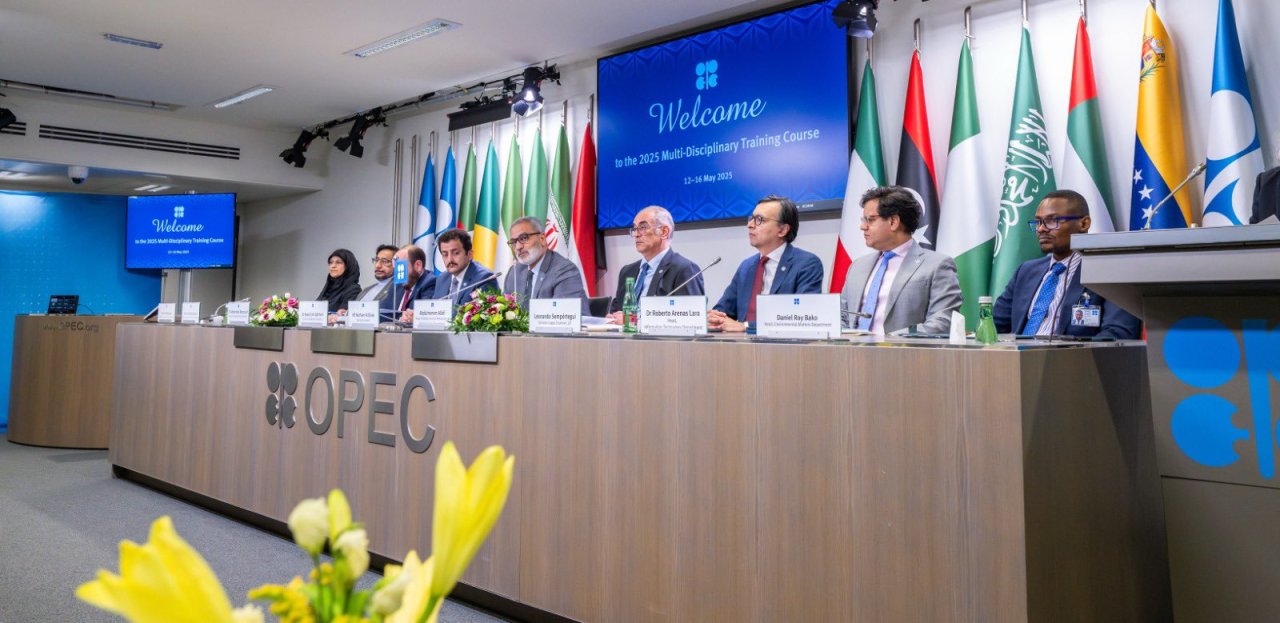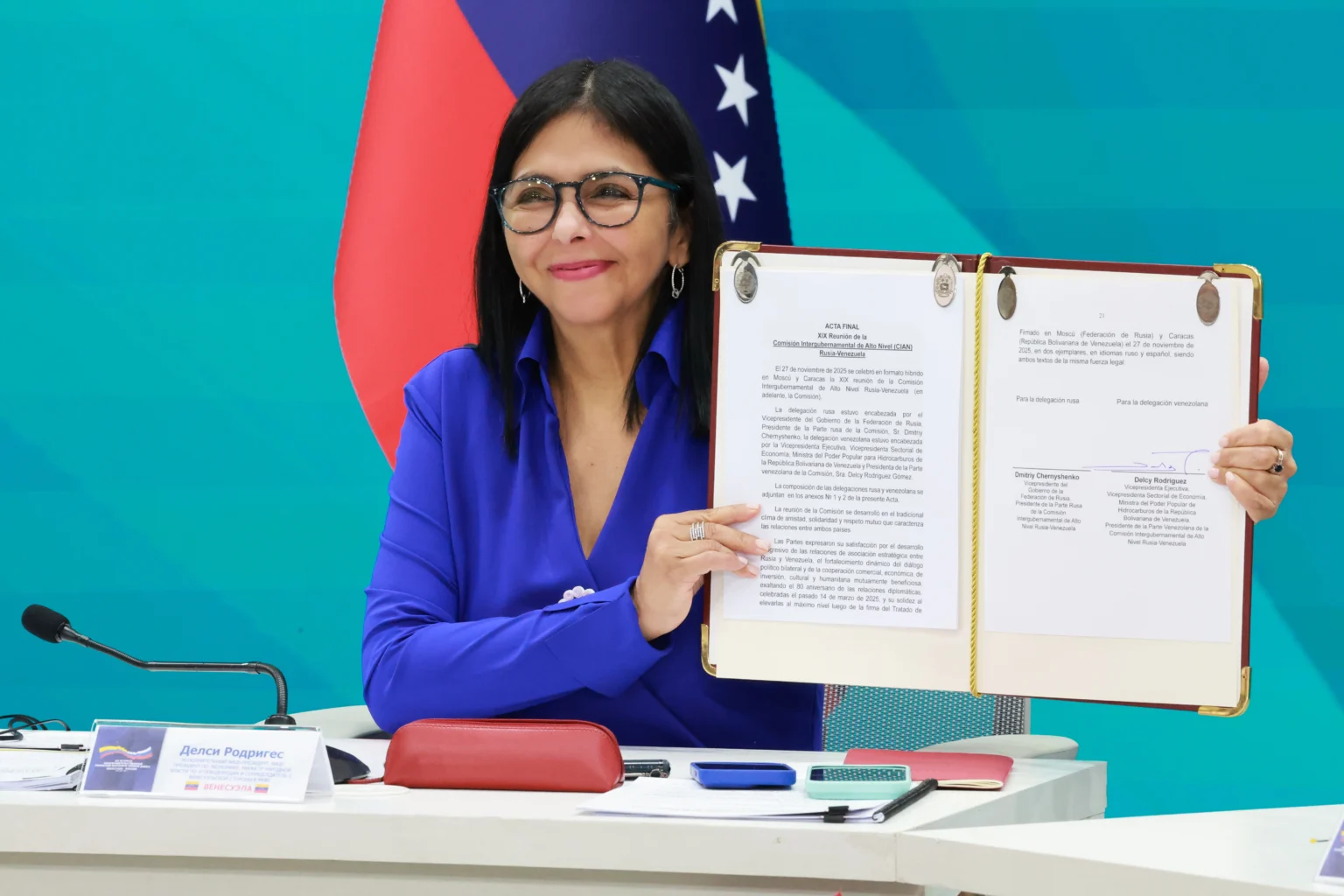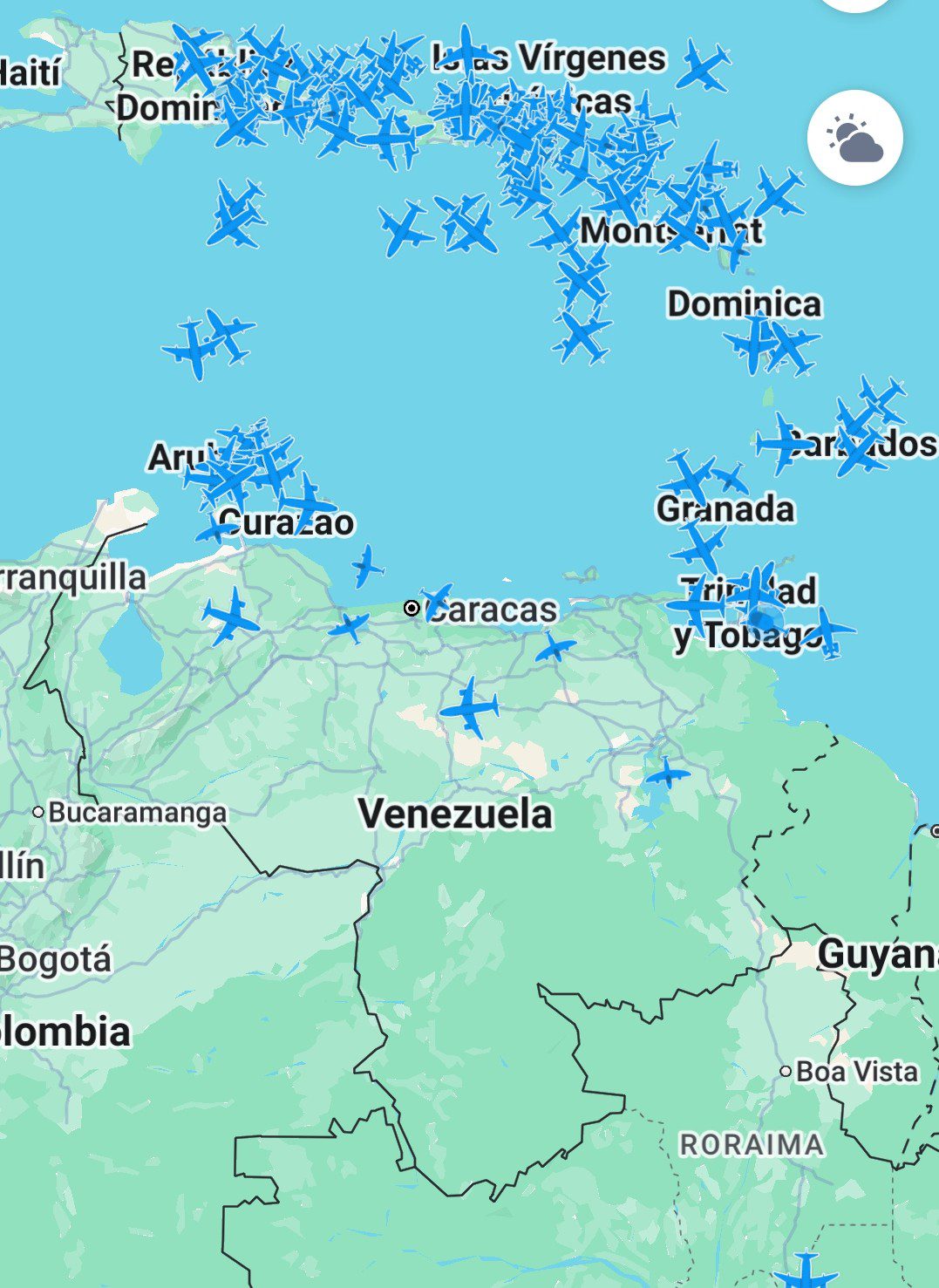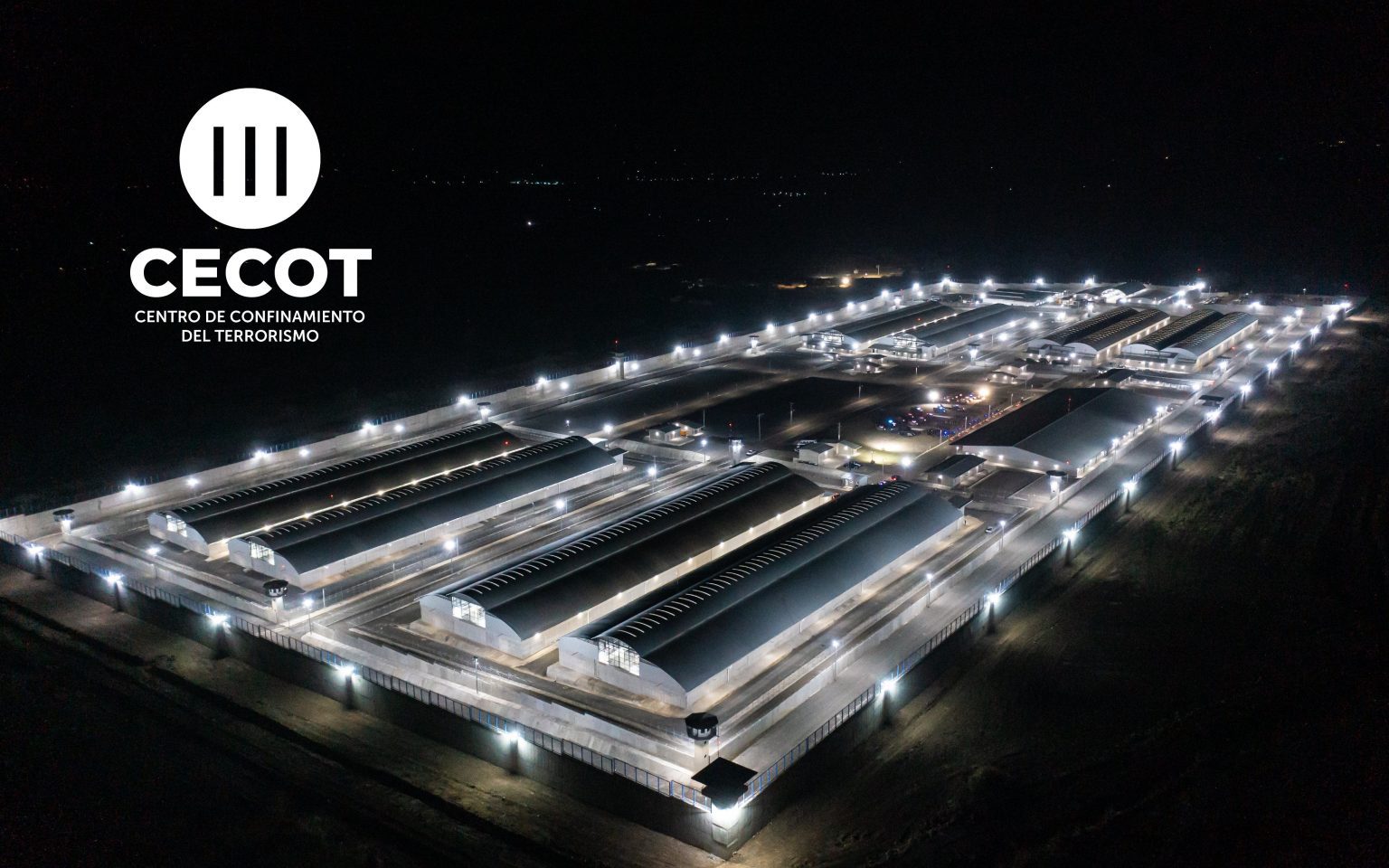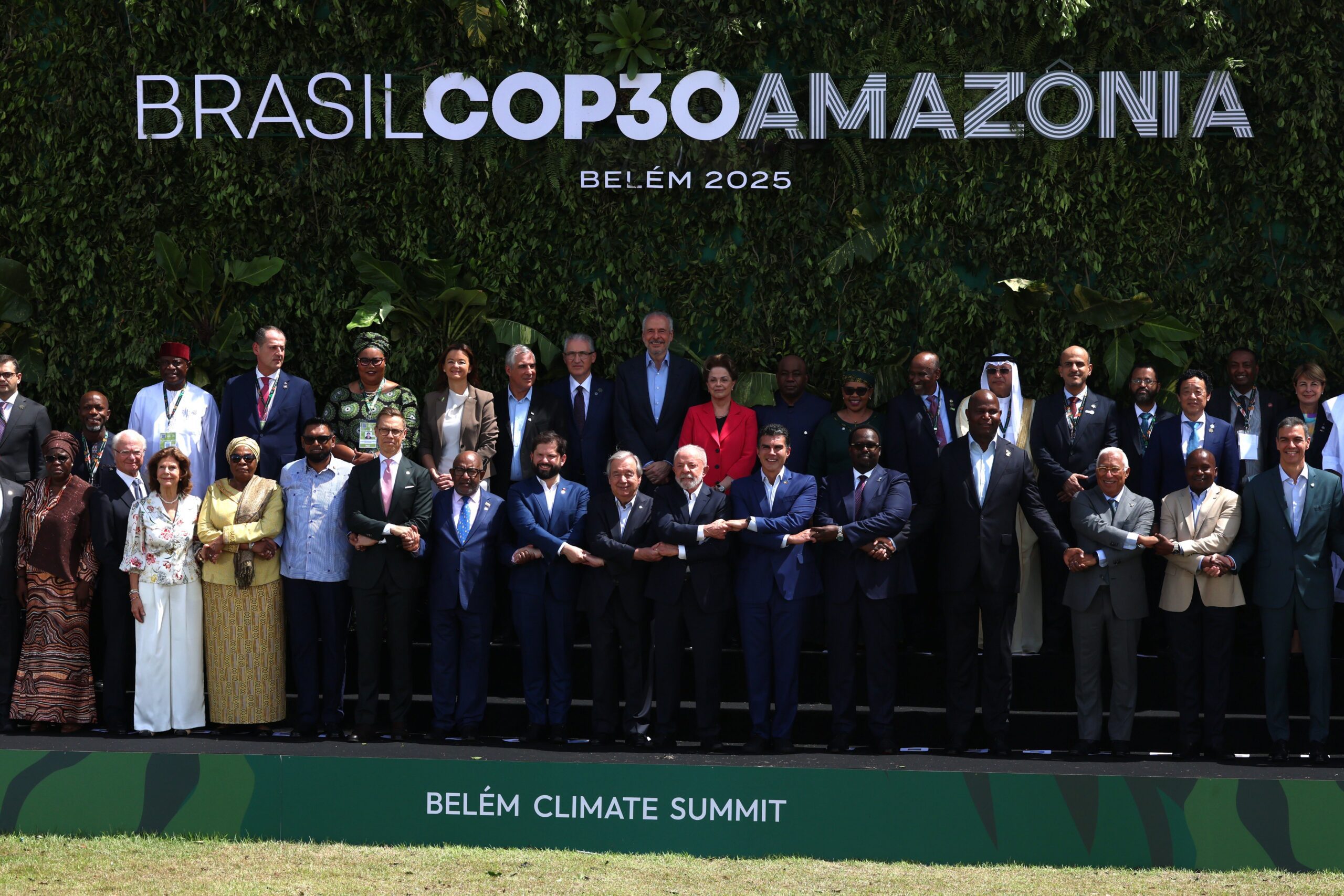Guacamaya, September 29, 2025. The oil cartel and its allies are considering an increase of at least 137,000 barrels per day, after having raised supply by 2.5 million since April. The objective is to gain market share, respond to US pressure, and stabilize prices around 70 dollars.
The Organization of the Petroleum Exporting Countries (OPEC) could approve a new crude production increase starting in November next October 5th, estimated at at least 137,000 barrels per day (bpd), according to internal group sources. The decision would mark another step in the unwinding of the cuts applied since 2022, which at their peak reduced supply by 5.85 million bpd.
Since April, the cartel—together with Russia and other OPEC+ allies—has already raised its quotas by more than 2.5 million bpd, equivalent to 2.4% of global demand. This shift responds both to the producers’ need to recover market share and to pressure from US President Donald Trump, who has demanded measures to lower crude prices.
Prices and Market Dynamics
Oil has experienced ups and downs during 2025. After surpassing $80 per barrel at the beginning of the year, it fell back to a range of $60-$70 following OPEC’s production increases. However, recent Ukrainian drone attacks on energy facilities in Russia again pushed prices above $70, reflecting the volatility dominating the market.
The increase being discussed for November is part of the progressive withdrawal of the cuts:
· First level (2.2 million bpd): eliminated in September.
· Second level (1.65 million bpd): began to be lifted in October, with the addition of 137,000 bpd.
· Third level (2 million bpd): will be maintained until the end of 2026.
Furthermore, the United Arab Emirates received authorization to increase its production by 300,000 bpd between April and September, showing some flexibility within the bloc.
What are the geopolitical and strategic implications?
OPEC’s strategy reflects a delicate geopolitical balance:
· United States: Seeks lower prices to ease domestic inflation and reduce energy costs, while continuing to expand its shale oil production, which directly competes with OPEC.
· Russia: Despite sanctions and attacks on its infrastructure, it remains a key player within OPEC+, reinforcing the cartel’s geopolitical dimension.
· Asia: China and India are emerging as beneficiaries of cheaper oil, consolidating their position as strategic buyers.
The great unknown is whether OPEC will manage to keep crude around $70 per barrel without sacrificing fiscal revenues for its members or losing influence to external producers. The dilemma centers on balancing the need for price stability with the struggle to maintain market share in a context of energy transition and growing competition.

